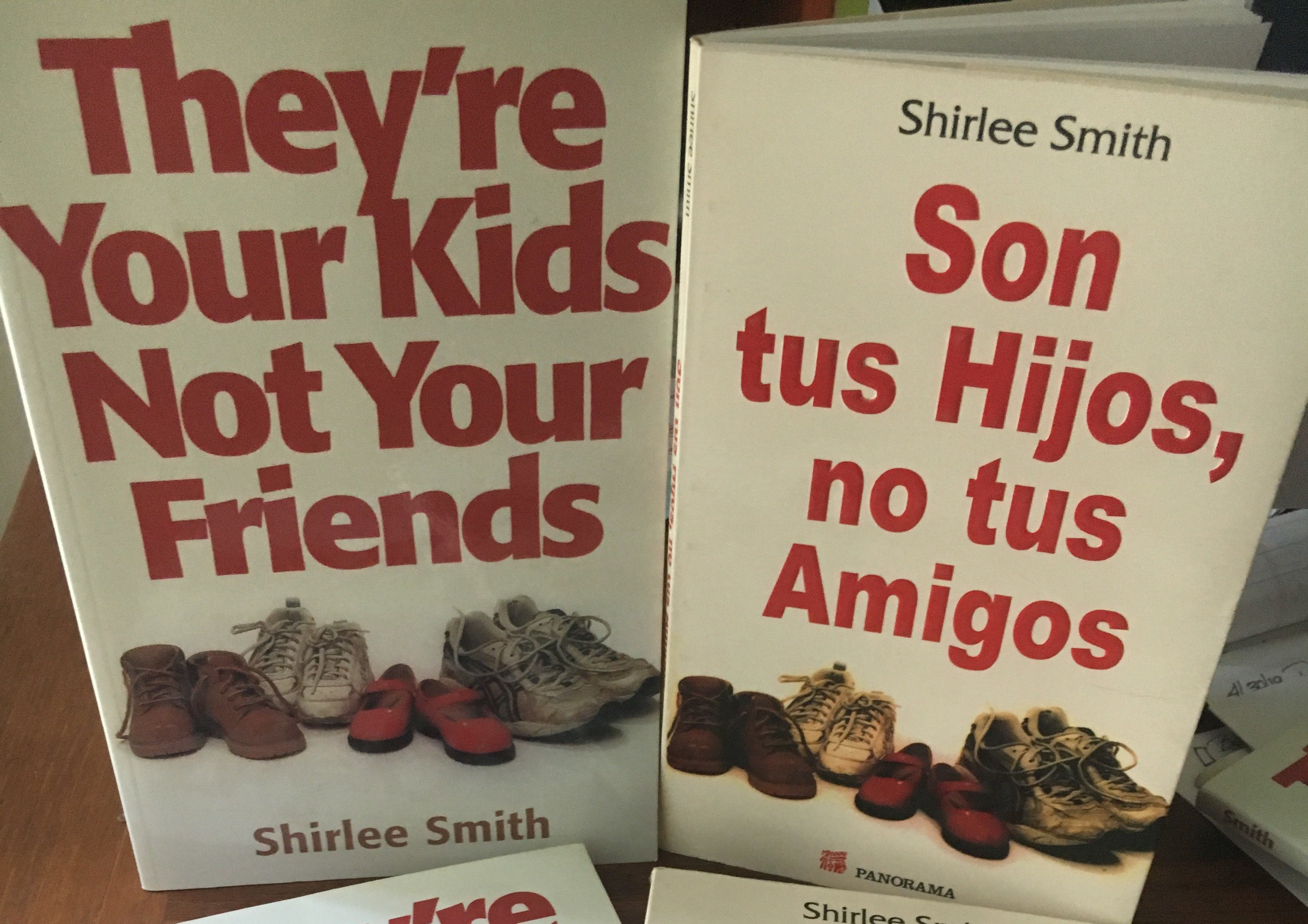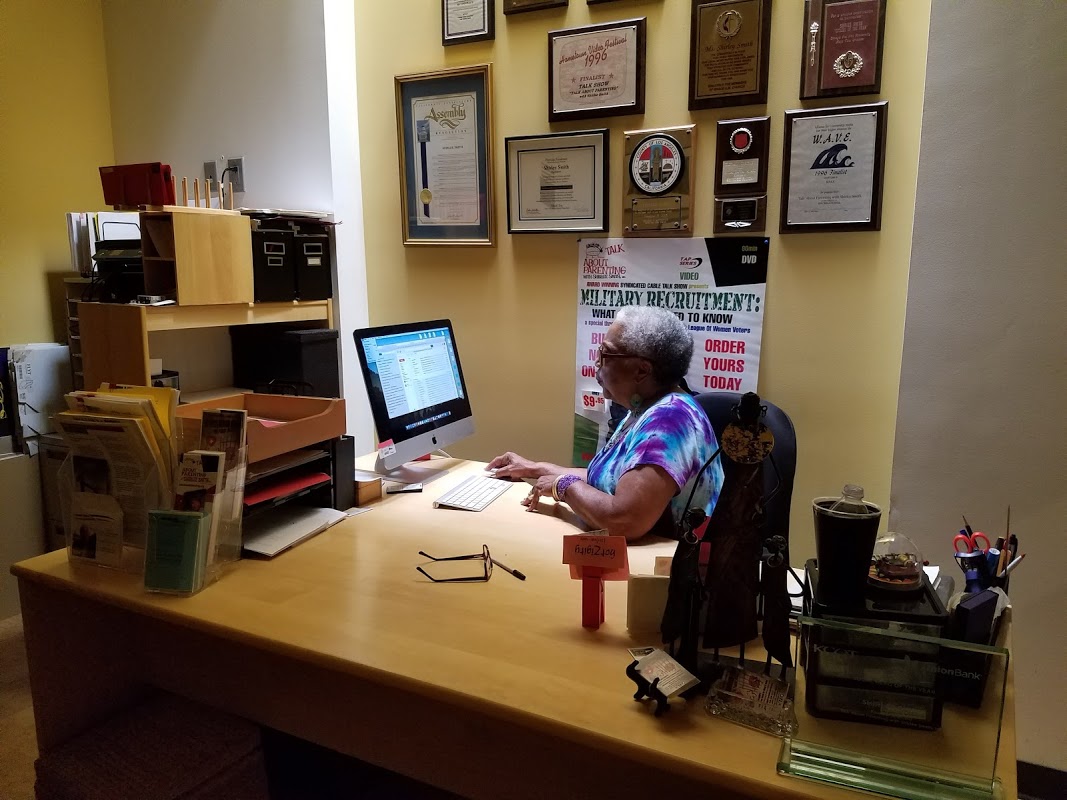
Slaves Were Happy – No More, No Less
America has advanced from Negro History Week to Black History Month. High school textbooks have come a long way since the time when there was no mention of slavery in them and then to a couple of paragraphs with a photo of contented-looking people picking cotton.
My high school textbook said we were a happy people and that we sang songs. That was it. No more. No less.
I was puzzled as to why anyone would be happy working in the fields for the entire day. But who was I going to ask? Slavery wasn’t a topic of discussion in my home. That’s not entirely true, because a great-great-grandmother, I was told, was freed from slavery when she was 12 years old, but the family didn’t let her tell any stories of life on the plantation.
We did learn she had lived in the big house and had a master who was, supposedly, kind. That’s it. No more. No less.
In later years, when asked about our history, my mother apologized for such neglect and said it didn’t occur to her that it was important.
She remembered, and so did I, that she always read poems by Paul Lawrence Dunbar to her children.
‘LIAS! ‘Lias! Bless de Lawd! Don’ you know de day’s erbroad?Ef you don’ git up, you scamp,Dey’ll be trouble in dis camp.Tink I gwine to let you sleep W’ile I meks yo’ boa’d an’ keep?Dat’s a putty howdy-do–Don’ you hyeah me,’Lias – you.
Word for word, I remember these lines, but Dunbar’s poems without their historical context didn’t tell me anything about who I was or the journey my people had travelled.
I didn’t understand the dialect nor did I know anyone who talked that way. Therefore, Dunbar didn’t really have any meaning in my life; or so I thought.
I suspect, during reading time, I was probably longing for my much younger days when Mom read to us, along with other childhood favorites, the antics of Babar the Elephant and his sidekick Zephyr the Monkey.
Much as I loved Babar, Celeste and the rest of the characters, It was Dunbar who kept me thinking as I grew older.
What must have made my mother determine he was the poet her children had to sit and listen to? Was this someone she had known in her younger days while growing up on the east coast?
Equally as intriguing was why did Dunbar abandon standard English and write in what I thought was a foreign language.
A little bit of research let me know Dunbar died prior to my mother’s birth so she didn’t know him and I learned, my gosh, that he wrote in both standard English and dialect .
He was the first African-American to gain national eminence as a poet. Born in 1872 in Dayton, Ohio, he was the son of ex-slaves and classmate to Orville Wright of aviation fame.
Although he lived to be only 33 years old, Dunbar was prolific, writing short stories, novels, librettos, plays, songs and essays as well as the poetry for which he became well known. He was popular with black and white readers of his day, and his works are celebrated today by scholars and school children alike.
His style encompasses two distinct voices — the standard English of the classical poet and the evocative dialect of the turn-of-the-century black community in America. He was gifted in poetry — the way that Mark Twain was in prose — in using dialect to convey character.
(From the University of Dayton’s Paul Laurence Dunbar website)
Learn more history at http://www.dunbarsite.org/
So much for my 10th-grade History textbooks – my folks did a lot more than pick cotton, sing songs and have someone else say they were happy.
Comments are closed.




Asking questions are in fact pleasant thing if you are not understanding something entirely, except this
post provides fastidious understanding even.